Calathea Orbifolia is one of the most striking tropical plants commonly kept as an indoor ornamental in UAE homes and offices. Its large, round leaves with silvery stripes make it an eye-catching addition to any space. However, while it thrives in controlled indoor conditions, it can be sensitive to temperature shifts, dry air, and inconsistent watering—all of which are common in UAE households due to constant air conditioning and arid climate.
If your Calathea Orbifolia’s leaves are curling, wilting, or browning at the edges, it’s likely a sign that the plant is reacting to environmental stress, particularly related to humidity and temperature levels. In this article, we’ll explore the main causes of these symptoms and how to fix them effectively in the UAE.

Understanding Calathea Orbifolia’s Climate Needs
Calathea Orbifolia originates from tropical rainforests in South America. It naturally grows in warm, humid, and shaded areas with consistently moist soil. This background explains why it can be so sensitive to fluctuations in temperature, water quality, and air moisture.
The ideal indoor conditions for Calathea Orbifolia include:
- Temperature between 18°C to 26°C (64°F to 78°F)
- High humidity, ideally 50% or higher
- Bright, indirect light
- Well-draining, consistently moist (but not soggy) soil
These are quite different from the average indoor climate of UAE apartments and villas, where air conditioning, low humidity, and hard tap water are the norm.
Also Read- No Humidifier? DIY Humidity Solutions For Your Calathea Orbifolia In The UAE
Common Symptoms: Curling and Browning Leaves
These two symptoms are the most frequent complaints among Calathea Orbifolia owners:
Leaf Curling
When the leaves of your Calathea start curling inward or appear slightly wrinkled, it's typically a moisture-related issue. Possible causes include:
- Low humidity levels in air-conditioned rooms
- Underwatering or allowing the soil to dry out completely
- Cool drafts or temperature shock from being placed near AC units
Brown Leaf Edges or Tips
If the tips or edges of your Calathea’s leaves are turning brown or crispy, the most likely causes are:
- Hard tap water with high fluoride or salt content
- Overfertilisation or salt buildup in the soil
- Prolonged dry air exposure
Also Read- 5 Top Mistakes To Avoid When Growing Calathea Orbifolia In Dubai & Abu Dhabi
Temperature and Humidity Fixes for UAE Indoor Conditions
Here’s how you can create a supportive environment for your Calathea Orbifolia to recover and thrive:
1. Control Temperature Consistency
Avoid placing your Calathea near AC vents, cold drafts, or windows with fluctuating heat. Instead:
- Choose a stable spot away from direct airflow
- Ensure the room temperature stays between 18°C to 26°C
- Avoid placing the plant in hallways or entrance areas where heat exchange is frequent
2. Raise Indoor Humidity
UAE air conditioning can reduce indoor humidity to under 30%, which is far too low for a tropical plant.
Ways to increase humidity:
- Use a humidifier near the plant, especially during summer
- Place the pot on a pebble tray filled with water (ensure the pot base is above water level)
- Group several plants together to create a micro-humid environment
- Occasionally mist the leaves using filtered or distilled water
Note: Avoid over-misting or misting late in the day, which may lead to fungal issues.
3. Improve Water Quality
UAE’s municipal water often contains salts, fluoride, and chlorine. These chemicals are not well-tolerated by Calathea roots.
Best practices:
- Use filtered or distilled water
- Let tap water sit uncovered for 24 hours to allow chlorine to evaporate
- Water when the top inch of soil feels dry, but don’t let the plant fully dry out
Additional Recovery Tips for Calathea Orbifolia
Wipe the Leaves
Dust buildup can reduce your plant’s ability to transpire and breathe. Wipe the leaves with a soft damp cloth every 10–14 days to remove dust.
Repot if Needed
If you suspect salt buildup or root problems, consider repotting your Calathea into fresh, well-draining soil. Choose a pot with proper drainage and use a mix that retains moisture but doesn’t become waterlogged.
Trim Damaged Leaves
Use clean scissors to snip off brown or damaged edges. This won’t reverse the damage, but it improves the plant’s appearance and helps redirect energy to healthy growth.
Preventing Future Stress
To avoid repeated issues:
- Don’t move the plant frequently; Calatheas dislike environmental change
- Avoid placing it in direct sun, which can scorch the leaves
- Fertilise only during the growing season (spring/summer) using a diluted organic fertiliser once a month
Also Read- Calathea Orbifolia: The Prayer Plant With Stunning Foliage
Conclusion
Calathea Orbifolia is a stunning but sensitive indoor plant that can adapt well to UAE homes—if given the right humidity, temperature stability, and water quality. Curling or browning leaves are your plant’s way of telling you something’s not quite right. By replicating its natural tropical environment with higher humidity and better moisture control, you can prevent these issues and help your plant thrive.
With a little care and adjustment to suit UAE conditions, your Calathea Orbifolia can continue to grow beautifully and elevate your indoor space with its vibrant, tropical foliage.


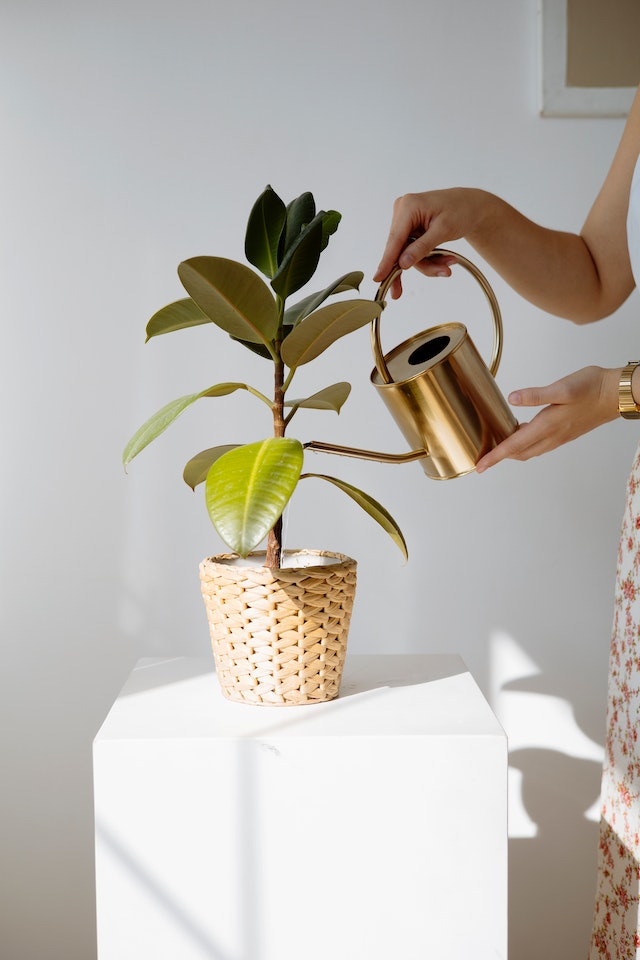
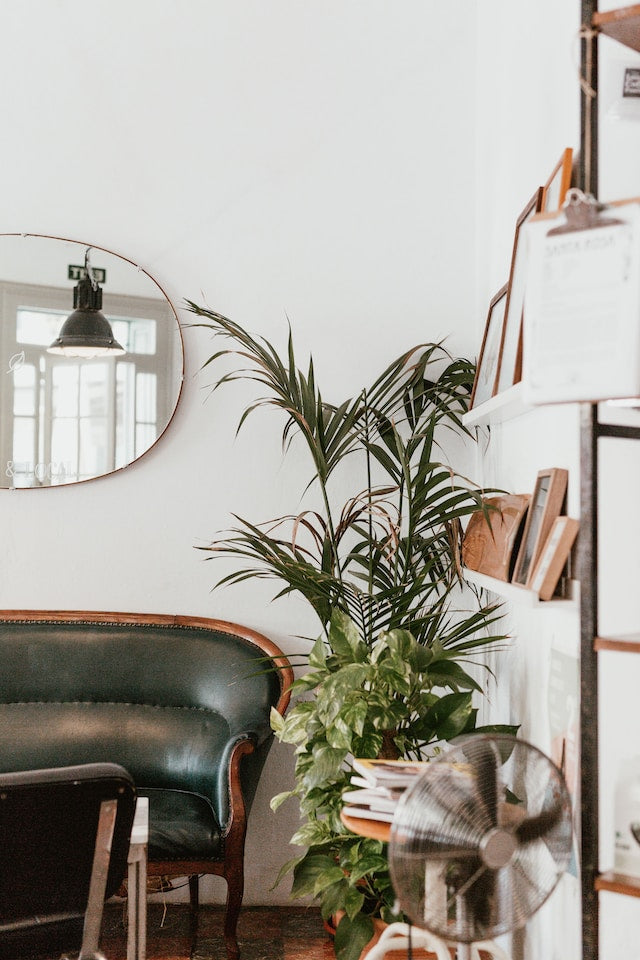

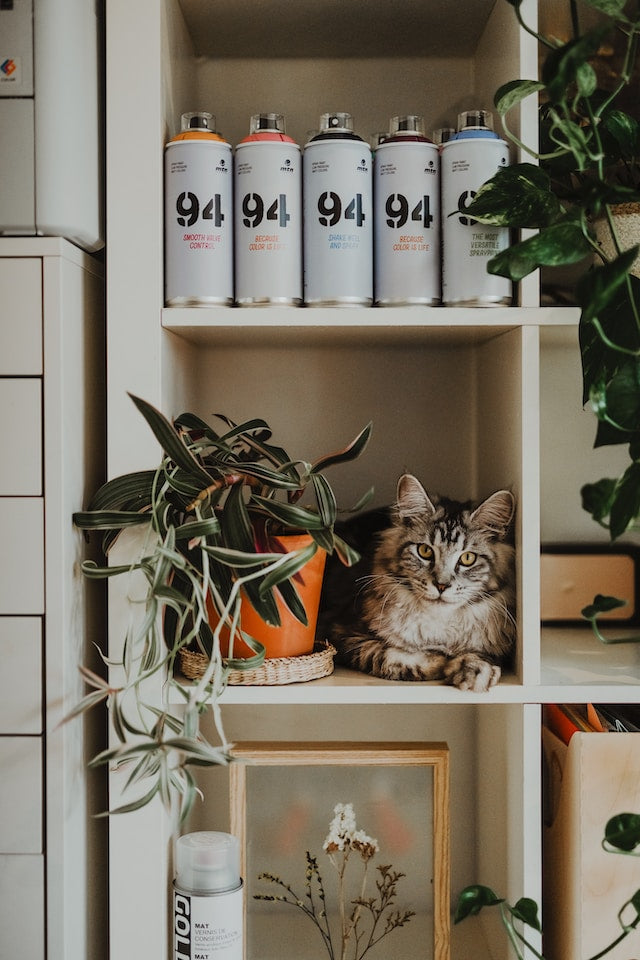

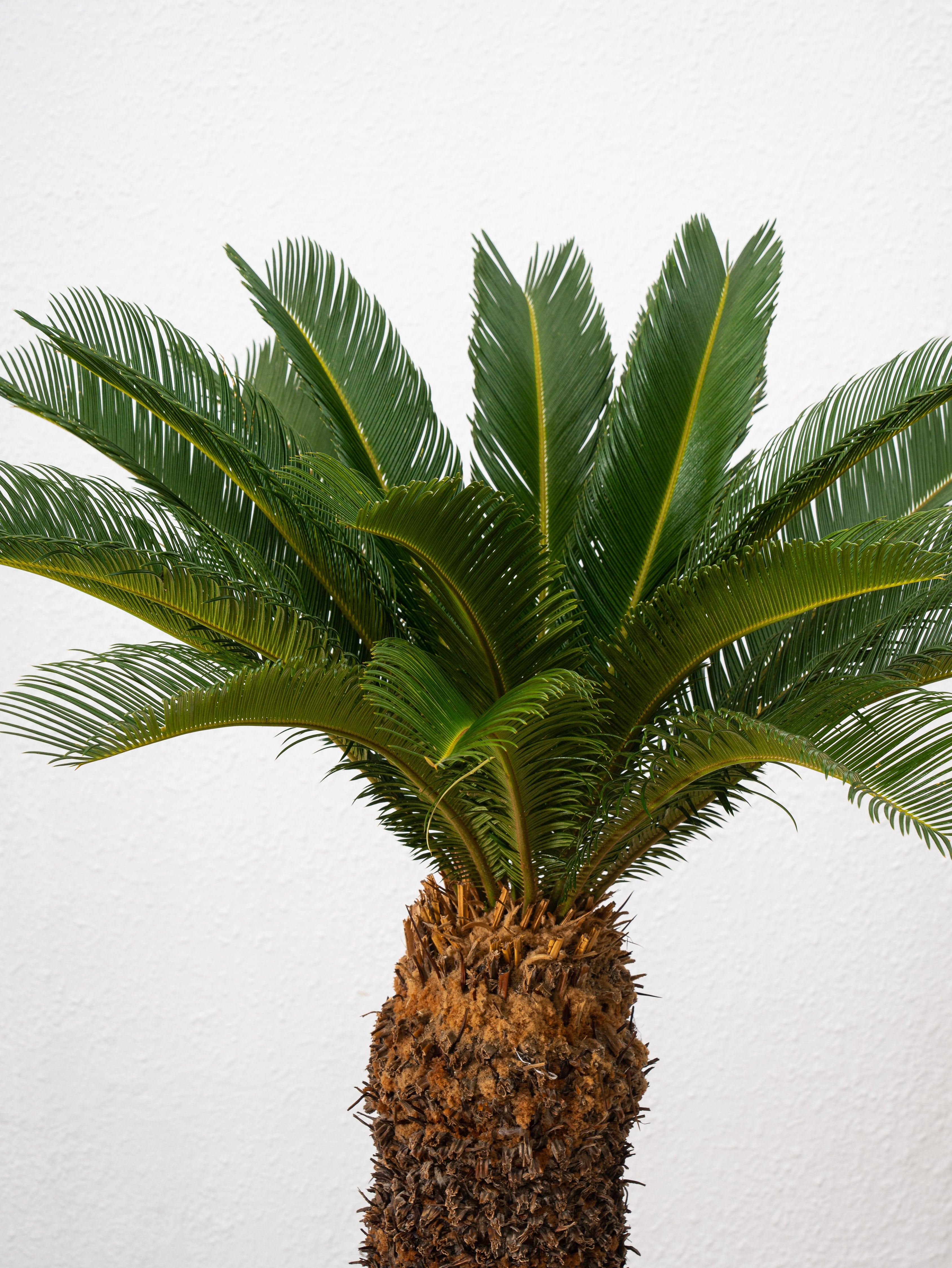
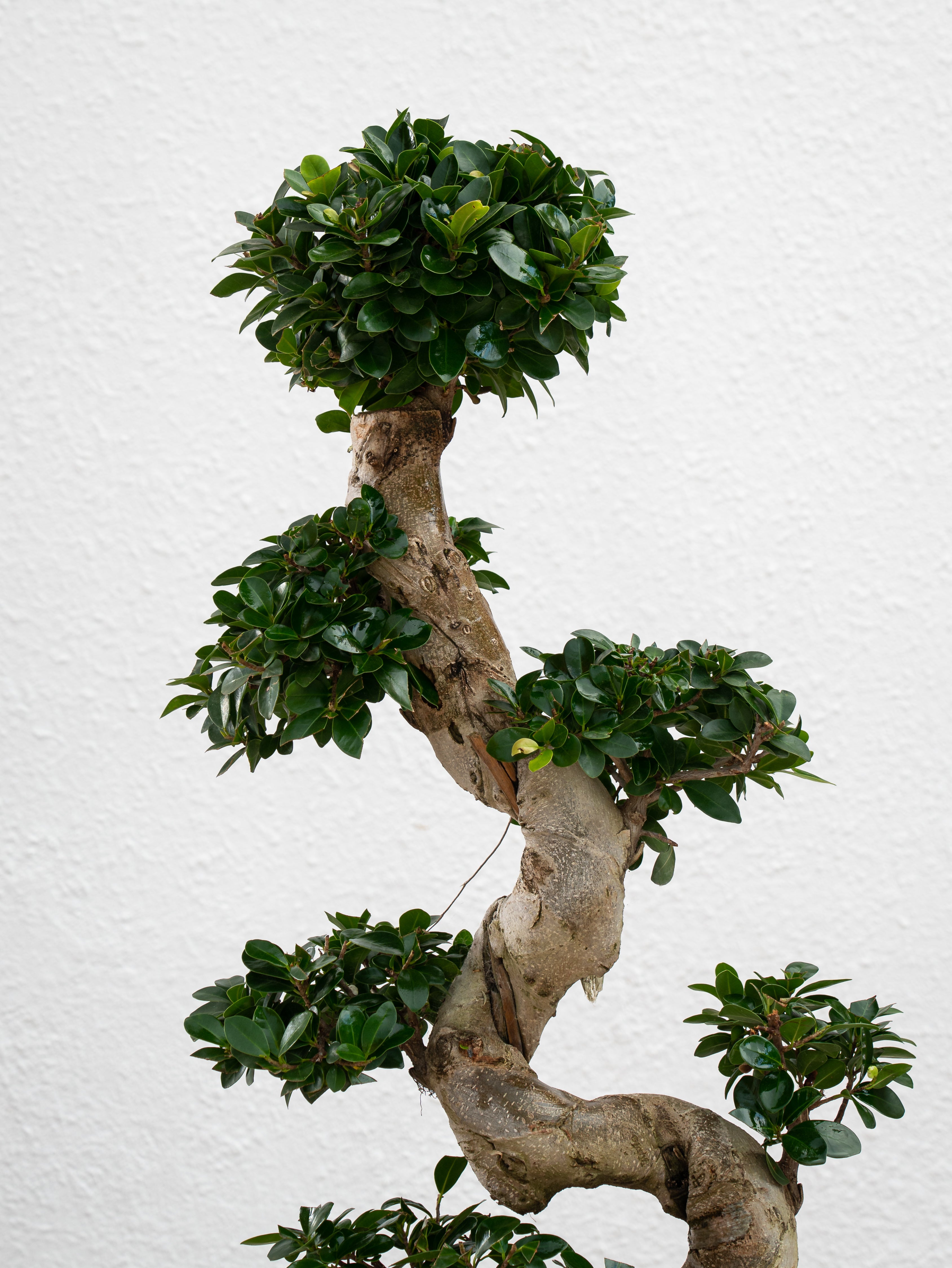
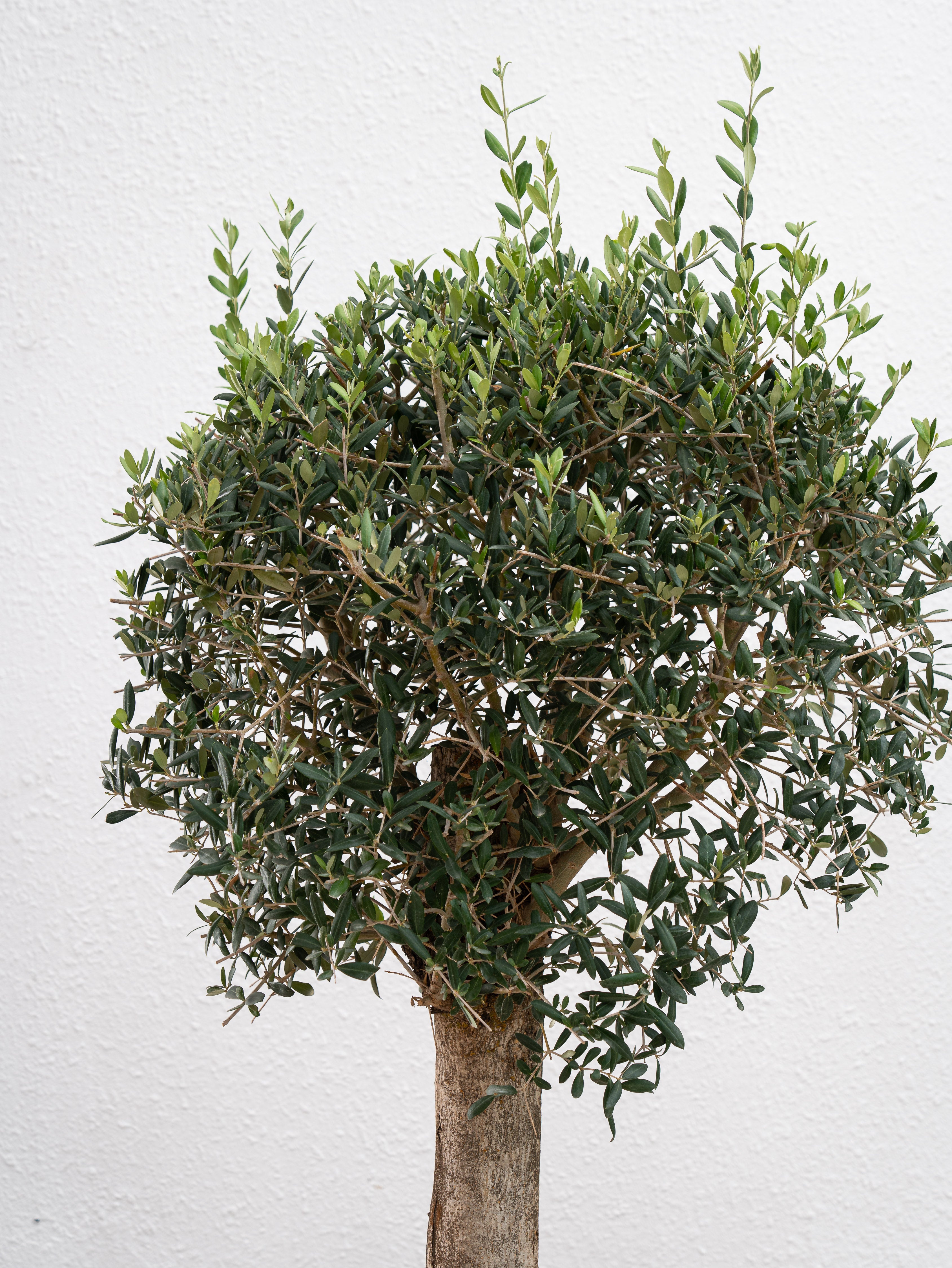
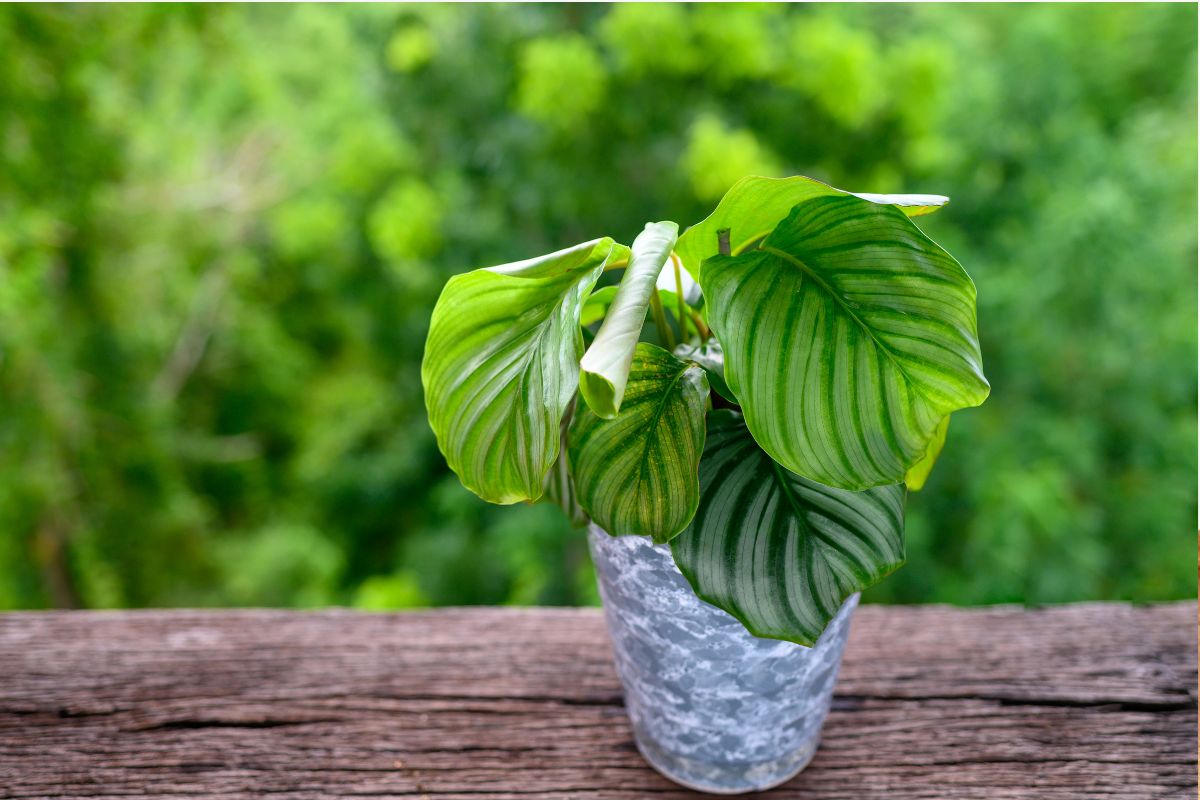


Leave a comment
This site is protected by hCaptcha and the hCaptcha Privacy Policy and Terms of Service apply.